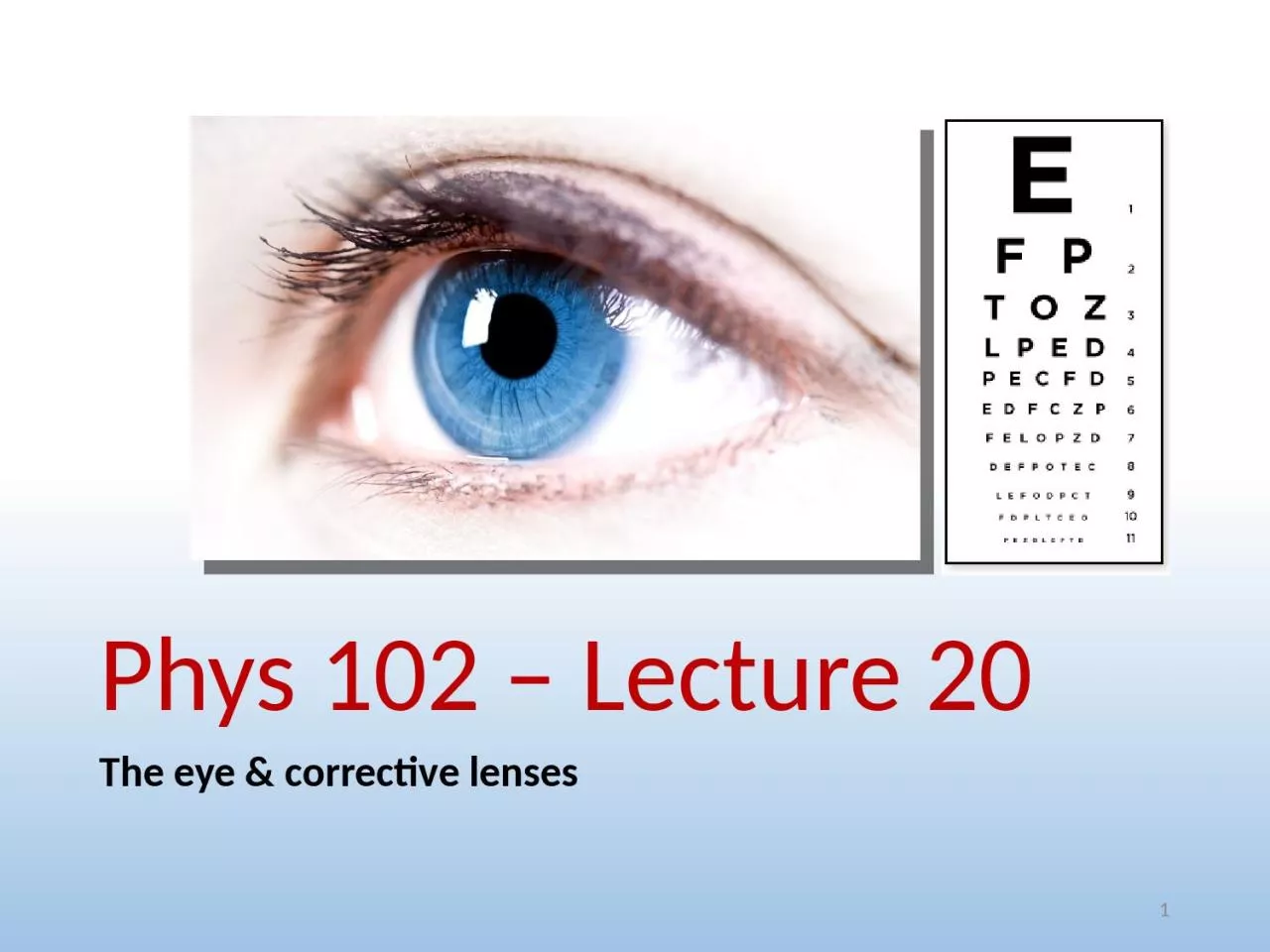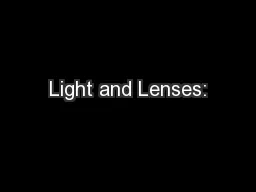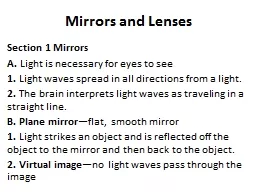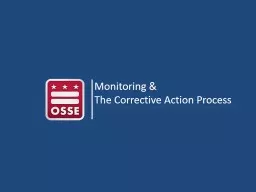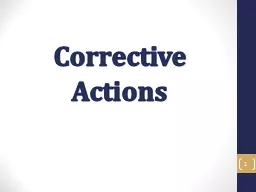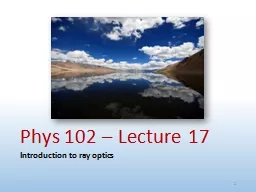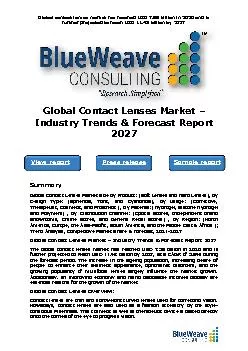PPT-Phys 102 – Lecture 20 The eye & corrective lenses
Author : jasmine | Published Date : 2022-06-14
1 Today we will Apply concepts from ray optics amp lenses Simple optical instruments the camera amp the eye Learn about the human eye Accommodation Myopia hyperopia
Presentation Embed Code
Download Presentation
Download Presentation The PPT/PDF document "Phys 102 – Lecture 20 The eye & co..." is the property of its rightful owner. Permission is granted to download and print the materials on this website for personal, non-commercial use only, and to display it on your personal computer provided you do not modify the materials and that you retain all copyright notices contained in the materials. By downloading content from our website, you accept the terms of this agreement.
Phys 102 – Lecture 20 The eye & corrective lenses: Transcript
Download Rules Of Document
"Phys 102 – Lecture 20 The eye & corrective lenses"The content belongs to its owner. You may download and print it for personal use, without modification, and keep all copyright notices. By downloading, you agree to these terms.
Related Documents

